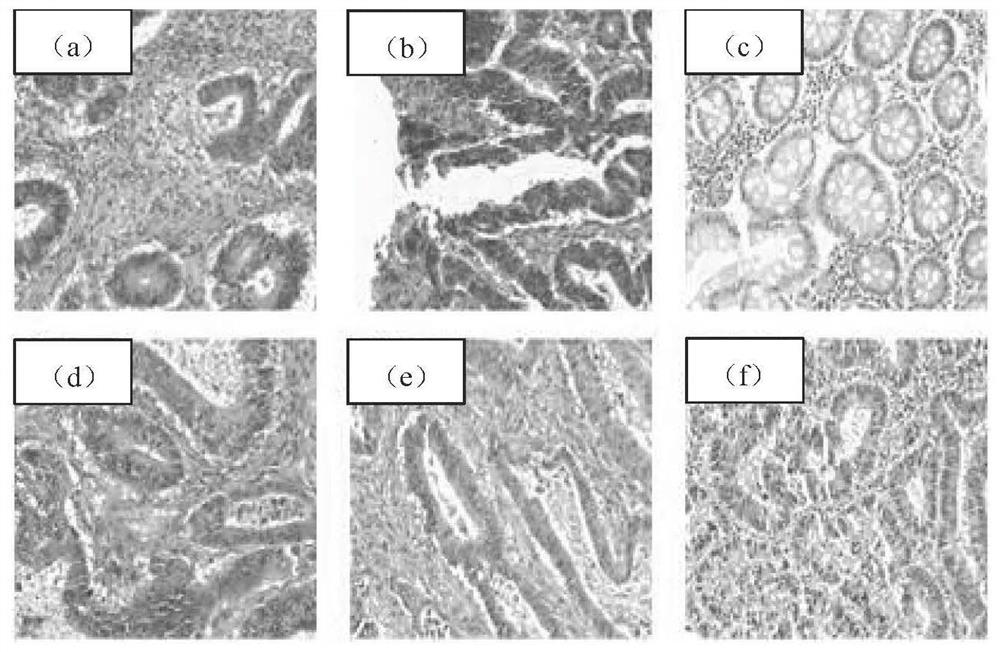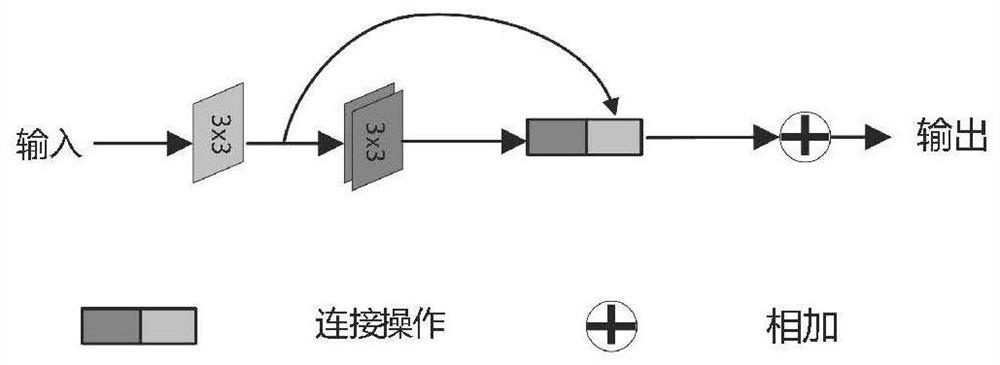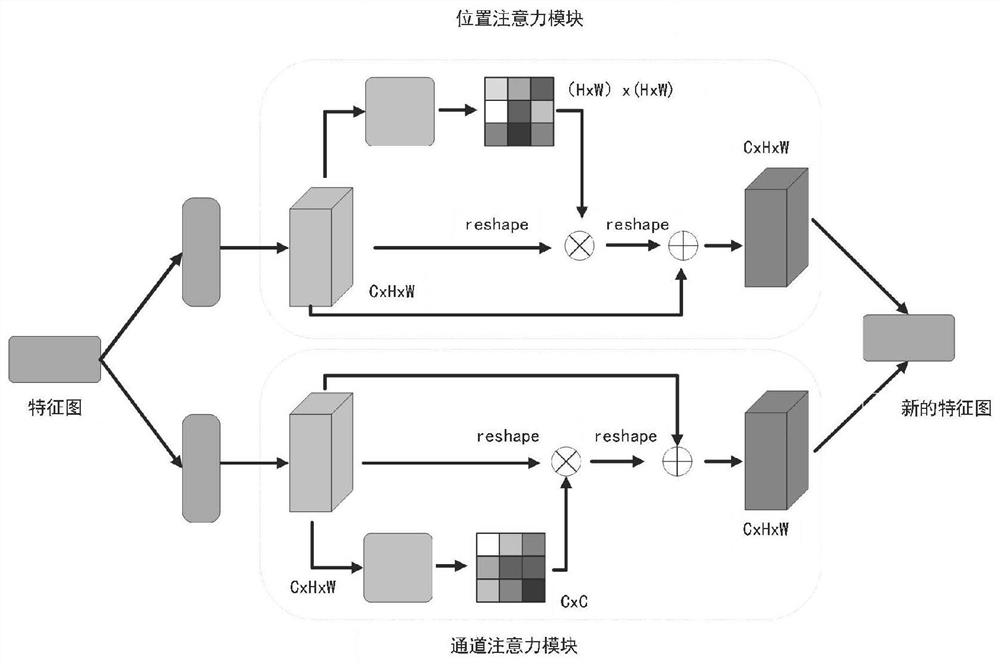Gland cell image segmentation method and system based on improved U-Net network
An image segmentation, cell technology, applied in image analysis, image enhancement, image data processing and other directions, can solve the problem of limiting the capture of finer details, unable to capture and so on
- Summary
- Abstract
- Description
- Claims
- Application Information
AI Technical Summary
Problems solved by technology
Method used
Image
Examples
Embodiment Construction
[0059] The present invention is further analyzed below in conjunction with specific embodiment.
[0060] A glandular cell segmentation method based on the improved U-Net network, including the following:
[0061] Step 1. Data Acquisition
[0062] Obtain figure 1 The original image of glandular cells is generally obtained from related competitions, such as MICCAI2015 Gland Segmentation Challenge dataset (Glas);
[0063] Step 2. Data preprocessing
[0064] 2.1 Since the acceptable image size of the U-Net network is 512x512, the image size is adjusted for the original image of glandular cells.
[0065] 2.2 Since some data have low resolution and uneven staining, images with high resolution and no lack of information (some without staining indicate that they are not cells, so information is missing) were selected as training data.
[0066] 2.3 Use the tensorflow data enhancement library to enhance the data set of the training data set, so that the data of the training data set...
PUM
 Login to View More
Login to View More Abstract
Description
Claims
Application Information
 Login to View More
Login to View More - R&D
- Intellectual Property
- Life Sciences
- Materials
- Tech Scout
- Unparalleled Data Quality
- Higher Quality Content
- 60% Fewer Hallucinations
Browse by: Latest US Patents, China's latest patents, Technical Efficacy Thesaurus, Application Domain, Technology Topic, Popular Technical Reports.
© 2025 PatSnap. All rights reserved.Legal|Privacy policy|Modern Slavery Act Transparency Statement|Sitemap|About US| Contact US: help@patsnap.com



